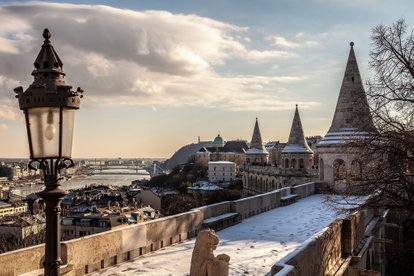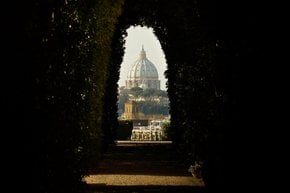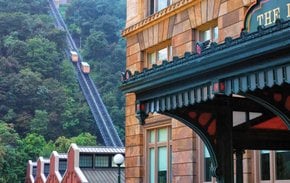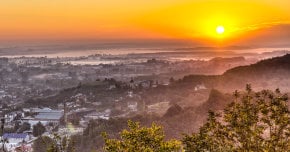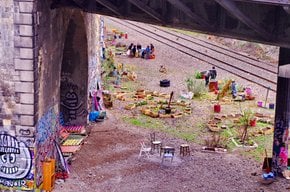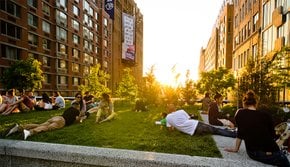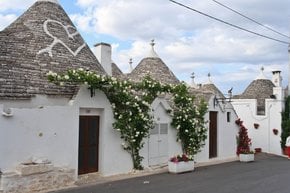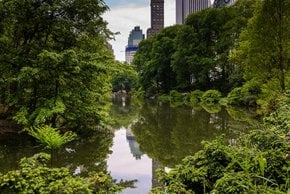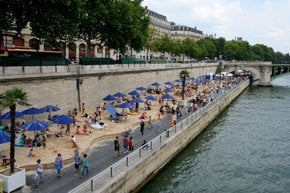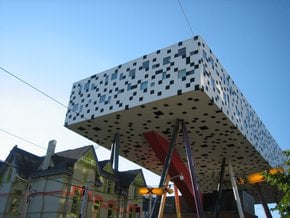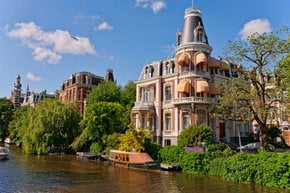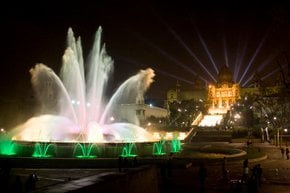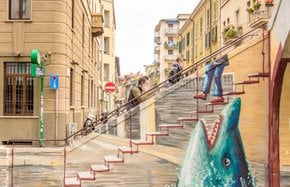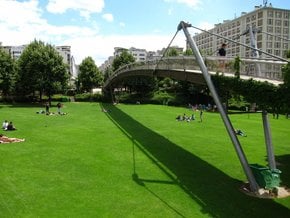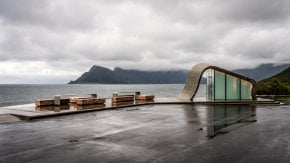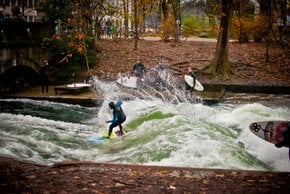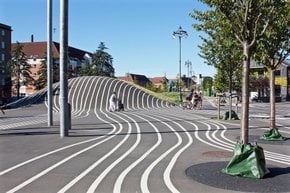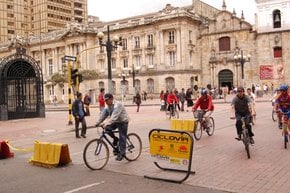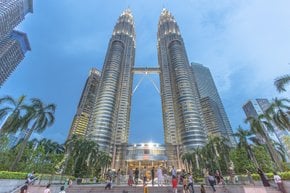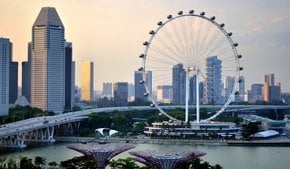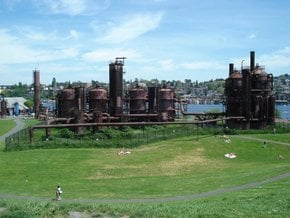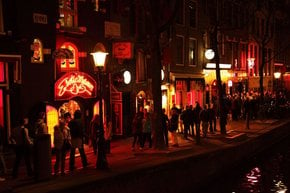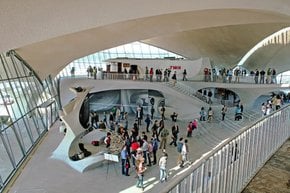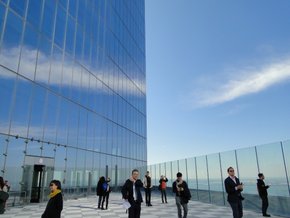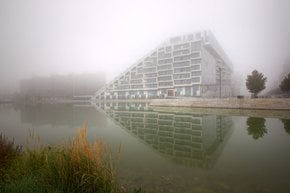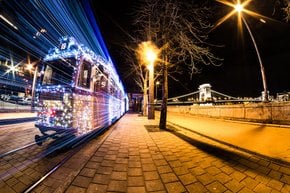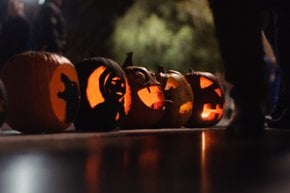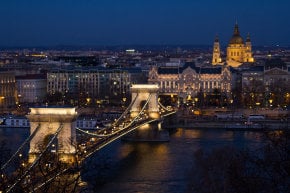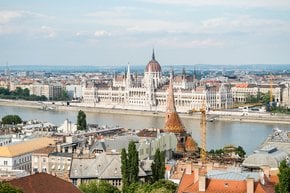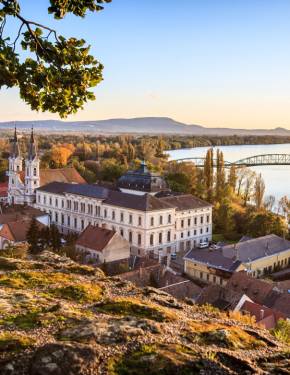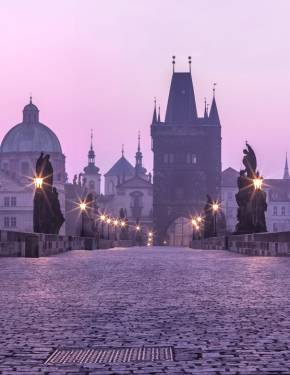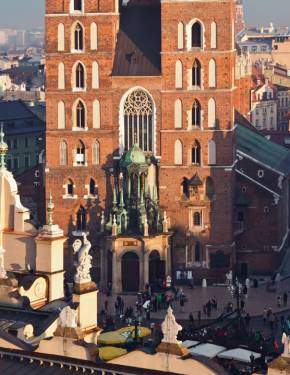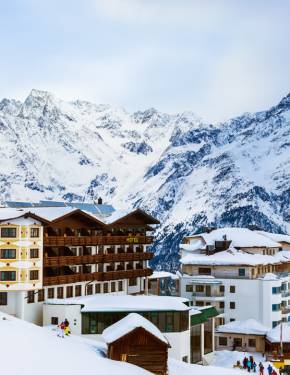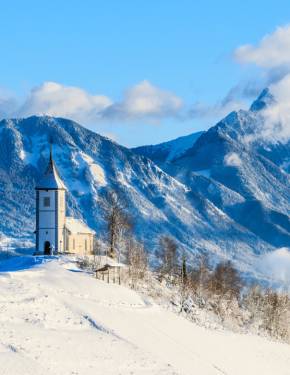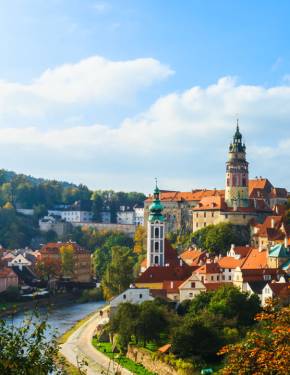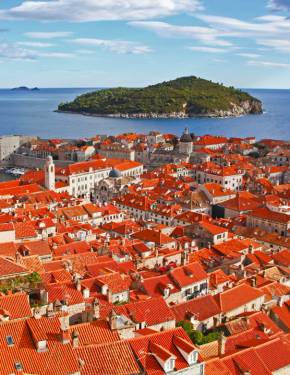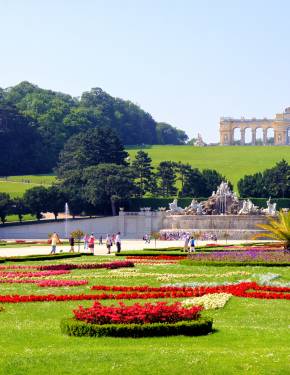The Fisherman's Bastion in Budapest 2025-2026
The view from the balconies of the Bastion is incomparable during the winter months
Best time: December–February | April–May | September–October
The Fisherman’s Bastion in Budapest, located on Castle Hill, is one of the city’s most recognizable landmarks. Constructed in the late 19th century, this neo-Romanesque structure was not designed as a defensive fortress, but rather as an ornamental lookout offering sweeping views of the city. Featuring numerous arches, terraces, and benches, it was intended primarily as an observation deck. Today, the Fisherman’s Bastion continues to fulfill this role, drawing visitors and often rivaling other major attractions in Budapest in popularity. Whether you are visiting for the history, the architecture, or the breathtaking views, Fisherman’s Bastion offers something for everyone.
A Lookout with Breathtaking Views
Fisherman’s Bastion is famed for its spectacular views over the Danube River and the Pest side of Budapest. From its seven towers, visitors can see iconic landmarks like the Hungarian Parliament, the Chain Bridge, and the Gresham Palace. Whether you are visiting during the day or at night, the vistas from this location are some of the best in the city, providing excellent opportunities for photos.
In addition to sightseeing, the Bastion features a restaurant where you can take a break and enjoy local cuisine with a view. Located near Matthias Church, this is an ideal spot for lunch or dinner during your visit.
Best Time to Visit
The best time to visit Fisherman’s Bastion is during the early morning or late afternoon when the crowds are thinner and the lighting is perfect for capturing the panoramic views. For a more peaceful experience, weekdays are preferable to weekends. The summer months (June to August) offer warm weather but attract the largest number of tourists. The shoulder seasons in spring (April to May) and fall (September to October) provide milder weather with fewer visitors.
Autumn, in particular, brings a unique atmosphere to Fisherman’s Bastion. As the leaves turn golden and the air becomes crisp, the cityscape takes on a warm, amber glow, making it an ideal time for a leisurely stroll or photography. The fall foliage adds a vibrant touch to the already stunning views of Budapest and the Danube.
Fisherman’s Bastion is open year-round, and its charm shifts with the seasons. While summer offers clear skies and warm weather, winter brings a special kind of magic to the Bastion. When the city is blanketed in snow or a soft haze, the Bastion transforms into a winter wonderland. According to visitors, Christmas Day is an especially quiet time to visit, providing serene and unobstructed views of the city.
Hours and Ticket Prices
Fisherman’s Bastion is open 24/7, including public holidays. Entry to the lower balconies and some of the towers is free at all times, but there is a small fee for access to the upper towers. For 2024, the ticket prices for the Fisherman’s Bastion are as follows: adults can enter for 1,200 Hungarian Forints (HUF), while students and children under 14 pay HUF 600. Children under 6 enjoy free admission. Visitors can take advantage of free entry in the mornings before 9 am and in the evenings after 7 pm from October 1 to May 31 and after 9 pm from June 1 to September 30. Additionally, admission is free on national holidays such as March 15 and August 20.
Location and Nearby Attractions
Fisherman’s Bastion is located in the heart of Budapest, on Castle Hill. It’s easily accessible by public transport or on foot from the city center. The Matthias Church, which is situated right next to the Bastion, is another must-see landmark, known for its stunning architecture and colorful tiled roof. Buda Castle, a UNESCO World Heritage site, is also nearby, housing several museums including the Hungarian National Gallery and the Budapest History Museum.
Photography Tips
For the best photographs, many suggest visiting at sunrise or sunset when the light casts a soft glow over the city. The views from the upper towers are highly recommended for capturing Budapest’s famous skyline, including the Parliament and the bridges spanning the Danube. If you’re visiting in winter, the snow-covered Bastion itself makes for a beautiful subject.
Guided Tours
Fisherman's Bastion offers a variety of tours that cater to different preferences and budgets. Visitors can join affordable walking tours, often with the flexibility to pay what they like, starting from as little as $3.40. These tours typically cover the Buda Castle District, including Fisherman’s Bastion, Matthias Church, and other historical landmarks. For those seeking more comprehensive experiences, guided tours with entry to Matthias Church or extended city walking tours can range from around $40 to $60. Private tours and specialized options, like electric tuk-tuk rides or luxurious city tours, can go up to $150 or more, offering personalized itineraries and deeper exploration of Budapest’s key sights.
Historical Background
The Fisherman’s Bastion was constructed between 1895 and 1902 as part of celebrations marking Hungary’s 1000th anniversary. The seven towers of the Bastion symbolize the seven Magyar tribes that settled in the Carpathian Basin in 895, laying the foundation for the Hungarian nation. The name "Fisherman’s Bastion" is believed to be linked to the medieval fishermen’s guild that defended this section of the city walls.
Designed by architect Frigyes Schulek, the Bastion is part of a broader renovation project that also included the restoration of Matthias Church. Its design, though inspired by medieval architecture, serves a decorative and commemorative purpose rather than a military one.
Visitor Reviews
Rove.me reached out to Oleg Protsailo, a Ukrainian who recently visited Fisherman's Bastion. We asked him about his impressions and any potential drawbacks of the site.
Oleg Protsailo shared that it’s impossible to look at Fisherman's Bastion without feeling awe. "Its location is incredible, and the architecture is absolutely mind-blowing," he said. One of the major highlights for Oleg was the historical richness of the site. Also, he emphasized how much he enjoyed the panoramic views of the city: “The view of Budapest is a real pleasure.”
However, Oleg pointed out one drawback: the large number of people, especially on weekends and holidays. He advised future visitors to consider this when planning their visit. “It’s definitely worth coming to marvel at such masterpieces of architecture and take photos as a memory,” he concluded.


